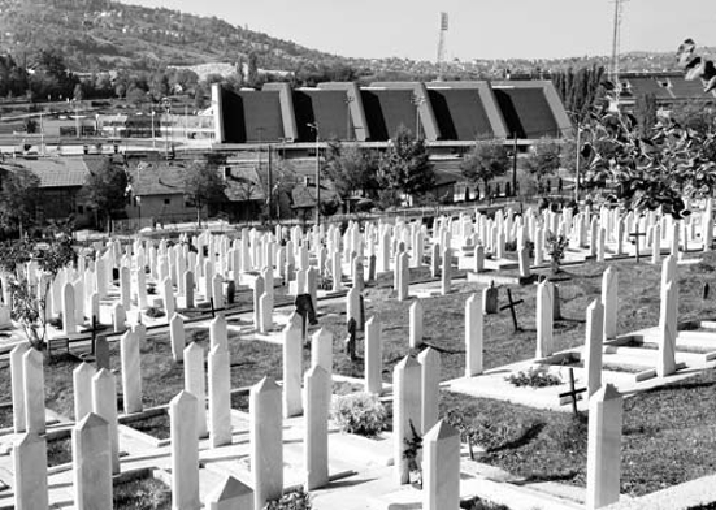Travel Reference
In-Depth Information
Leaving the park, continue down the busy street. The brown-and-orange building on the
left is the
Bosnian Presidency
(the local “White House”). During the early days of the
war, this building was the focus of street-by-street fighting; if the Bosnian Serb forces had
claimed it, they could have declared victory. At one point, they were within 50 yards of this
building, but the defense held. As part of the compromise to end the war, today Bosnia's
“Presidency”ismadeupofacommitteeofthreemembers:oneBosniak,oneCroat,andone
Serb, with a rotating chairmanship. Difficult as it is to get things done with one president,
imagine how impossible the situation is when you need agreement among three people who
are predisposed to mistrust each other. While critical for ending the war, this compromise
has made it even more difficult to move forward with postwar recovery.
In the park beyond the Presidency is the 16th-century Alipašina Mosque. A long walk
directly up the hill from here (with your back to the mosque, about a mile up Alipašina
street) would take you to the
Zetra Olympics Center
(not worth a detour now, but worth
considering if you're curious and have time later). This complex includes Koševo Stadi-
um, which held the opening ceremony for the 1984 Olympics (and, in 1997, hosted vis-
its by both Pope John Paul II and the band U2—both of whom had spoken out in support
of the besieged Sarajevans), and Zetra Arena, which was used for Olympic skating events

